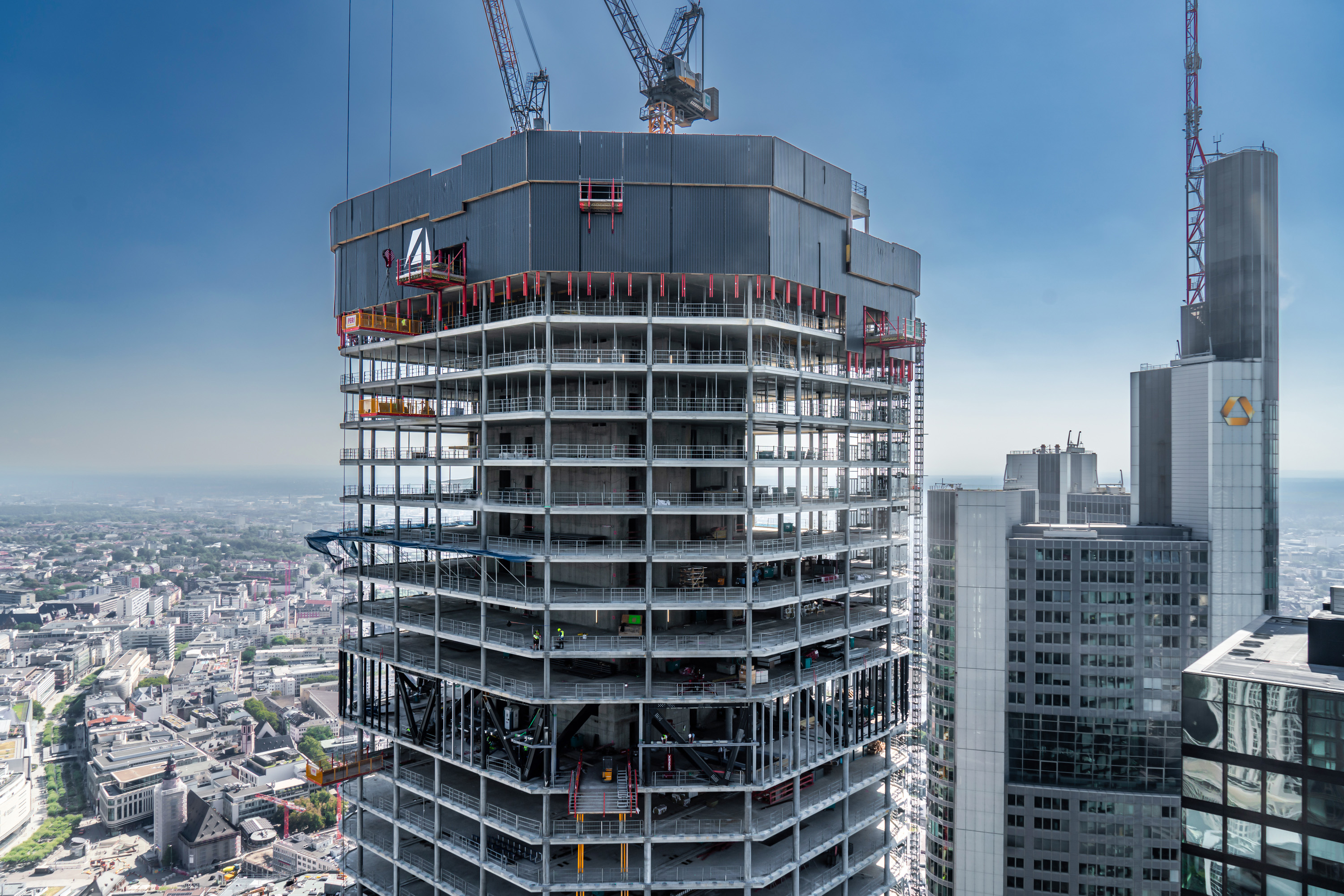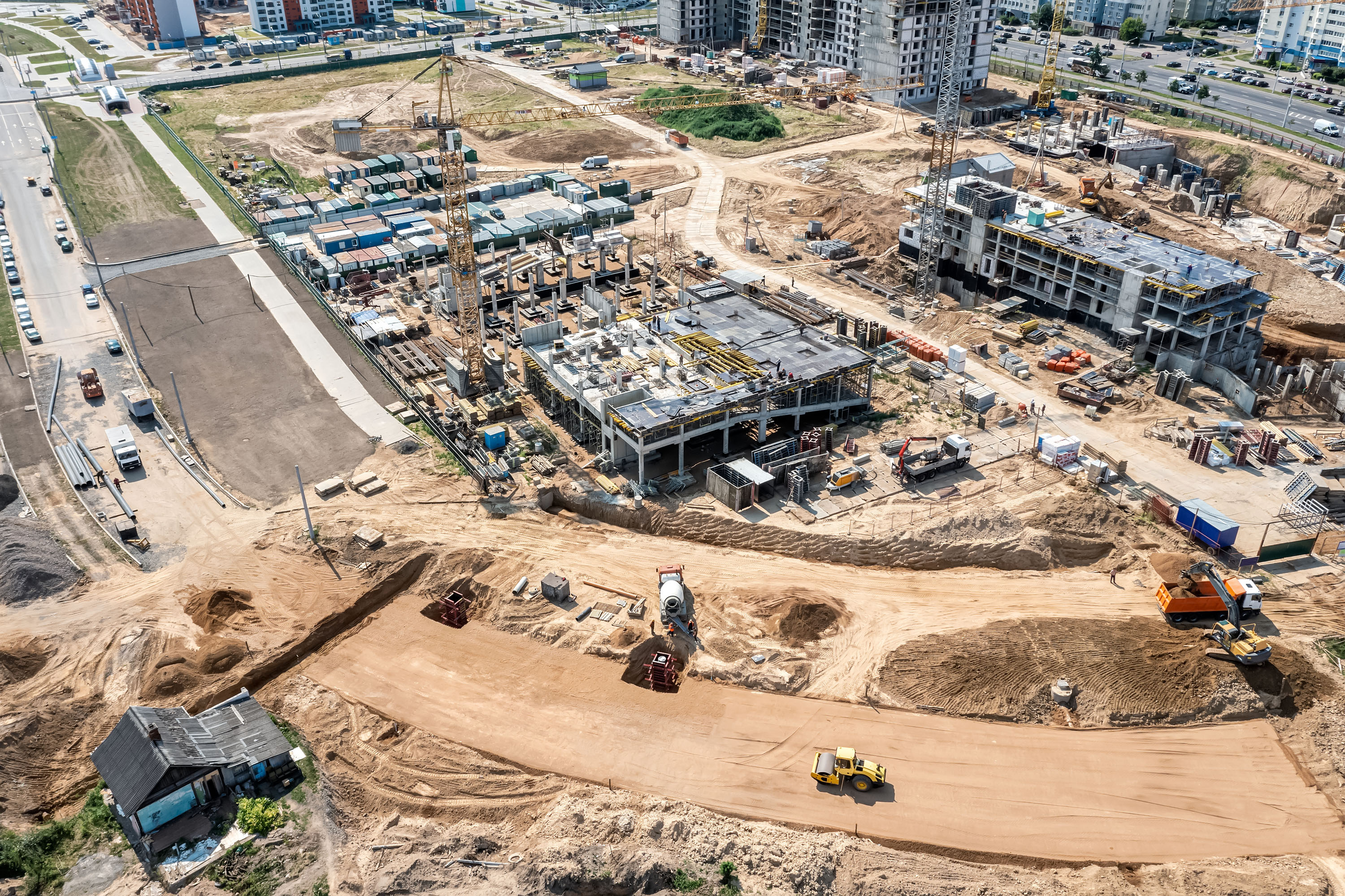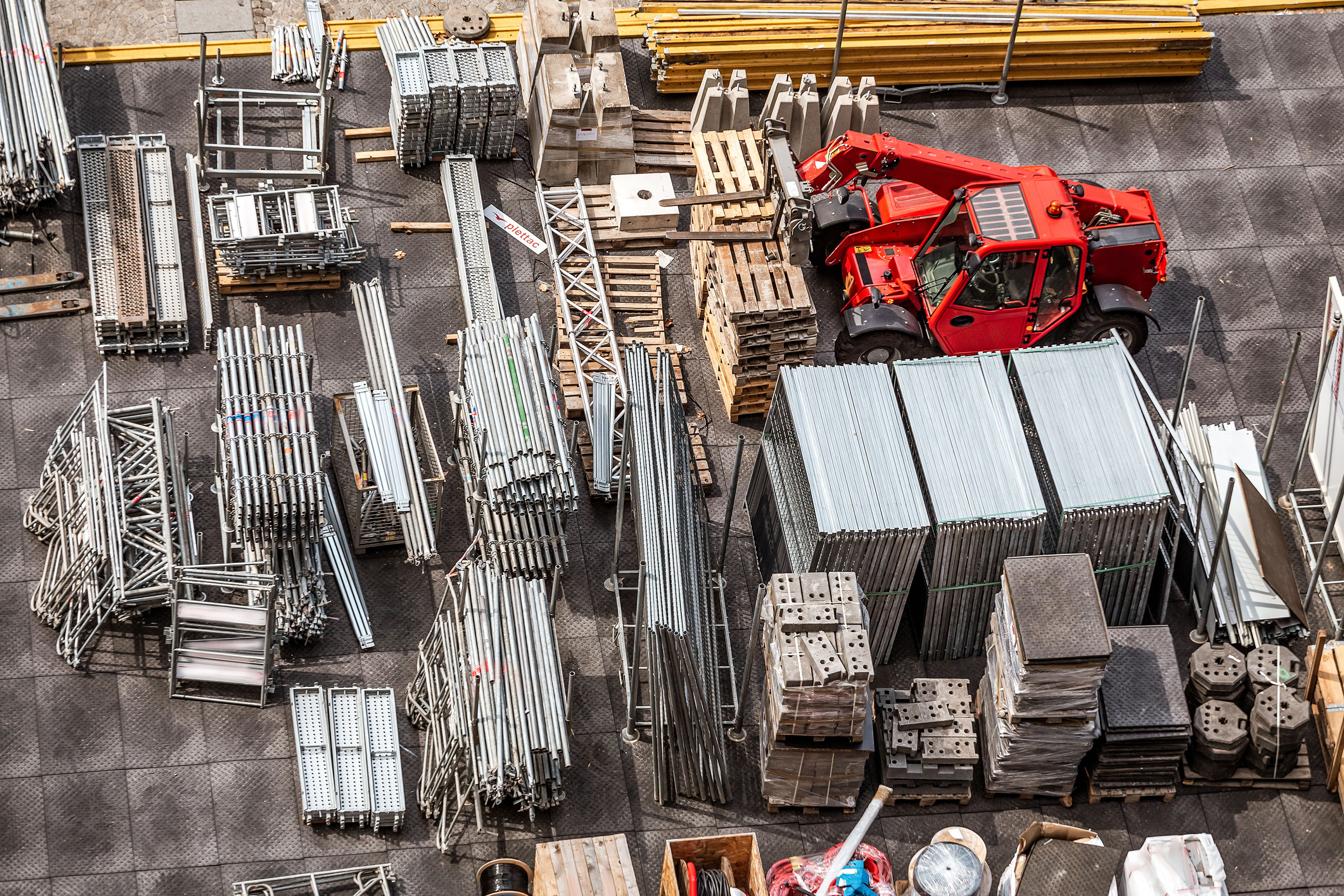
Why waste isn’t just a sustainability issue – it’s a margin killer

Construction moves fast. Your systems need to keep up.
On site, the team is solving problems as they happen. Back in the office, it’s bids, budgets, and supplier calls. In the middle of it all, material orders often come down to gut feel. When that becomes the default, waste creeps into every job – and so does risk.
Waste is a process issue, not a people one
Construction waste is a major issue, not just in terms of volume, but in missed opportunity. And it’s not only offcuts and demolition debris. A surprising amount comes from new material that never even gets used.
LEED-certified projects show the upside of doing it differently. Reduced emissions. Lower energy use. And those outcomes didn’t require sweeping change. They were achieved through small but consistent choices – starting with how materials are procured and tracked.
When you’ve got a handle on materials, everything else gets easier. Crew productivity improves. Rework drops. Budgets stop blowing out. But most sites still manage materials through guesswork, half-updated spreadsheets, and memory.
That’s not a system, and it’s certainly not sustainable.
What happens when you leave it unchecked
You reach the end of a job and find a stack of materials no one remembers ordering. You can’t reuse it, you can’t return it, and it’s not on the client invoice. It ends up dumped, jammed in storage, or written off.
Individually, these incidents don’t seem like a big deal. But they compound, and eventually, you’re staring at thousands in lost value – and wondering where the profit went.
What good looks like on the ground
At its core, sustainable material management means staying in control. Know what’s on site. Order based on real needs. Cut out the costly surprises.
Simple in theory. But in practice, things get messy when requests live in text messages, deliveries are tracked informally, and no one’s sure which spreadsheet is current.
That’s where a connected system makes a real difference. One source of truth for everyone – from the field to the office – removes the uncertainty. And when the guesswork disappears, so does a lot of the waste.
Four ways to reduce waste and regain control
Here’s what we’ve seen make an impact on real projects:
- Standardise how you order
One method, clearly defined. It keeps people aligned and helps reduce unnecessary safety stock. - Connect the field and office
Duplication happens when teams don’t have real-time visibility. A shared view makes it easy to avoid double-ups. - Create a useful materials catalog
Use plain language, not jargon. Include cost codes and preferred vendors. A simple list can make decision-making faster and more accurate. - Move away from paper
Lost POs, delivery notes in someone’s truck, and handwritten approvals all slow things down. Digital tools give speed and traceability – no chasing required.
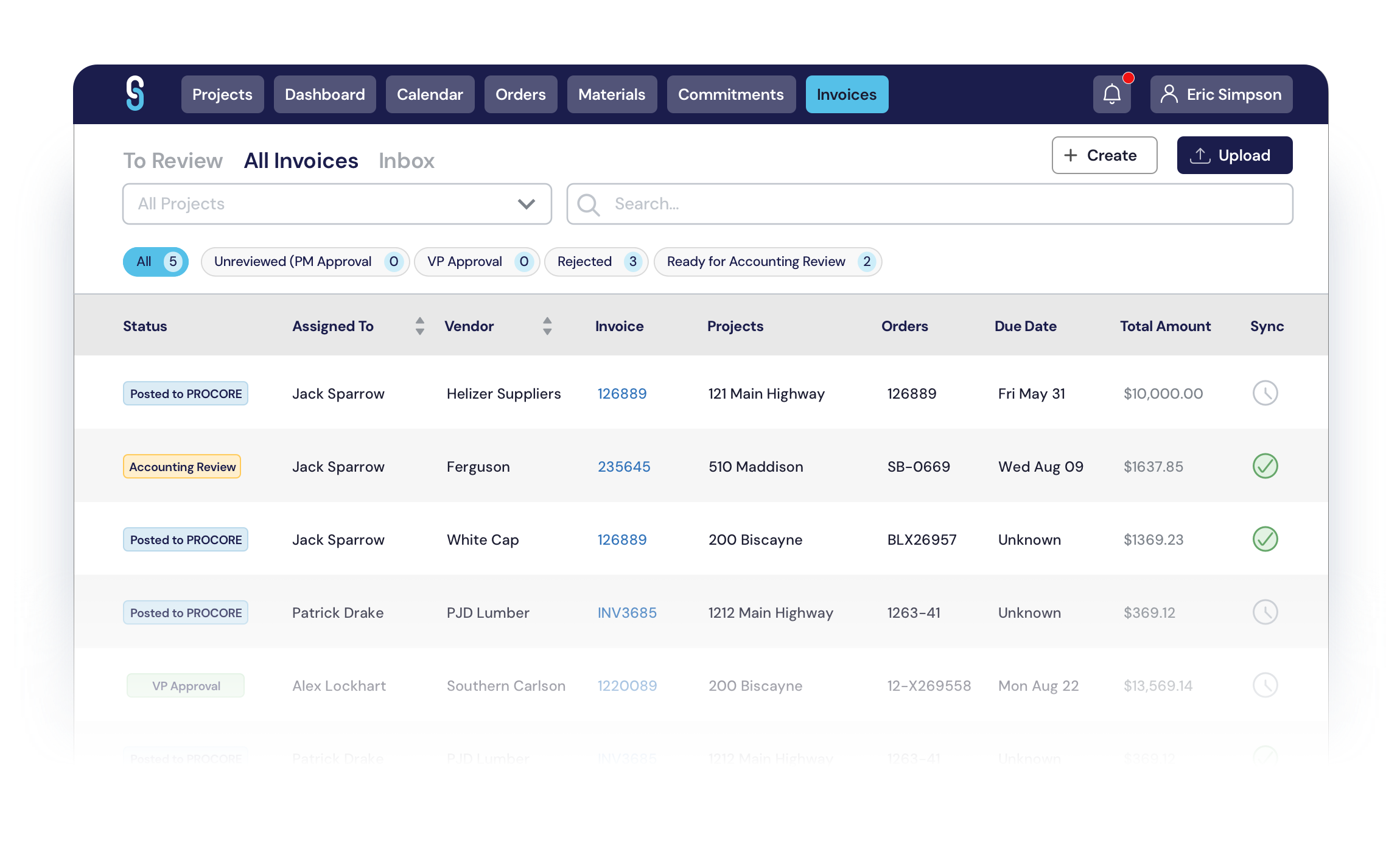
Build visibility with one simple change
You don’t have to build the whole system overnight. A smart first step is to create a shared list of your top 50 items. Add clear names, prices, and vendor info, and make it searchable.
That list becomes a foundation. From there, you can build out approvals, link deliveries, and catch issues earlier. But even on its own, it’s enough to shift how your team makes material decisions.
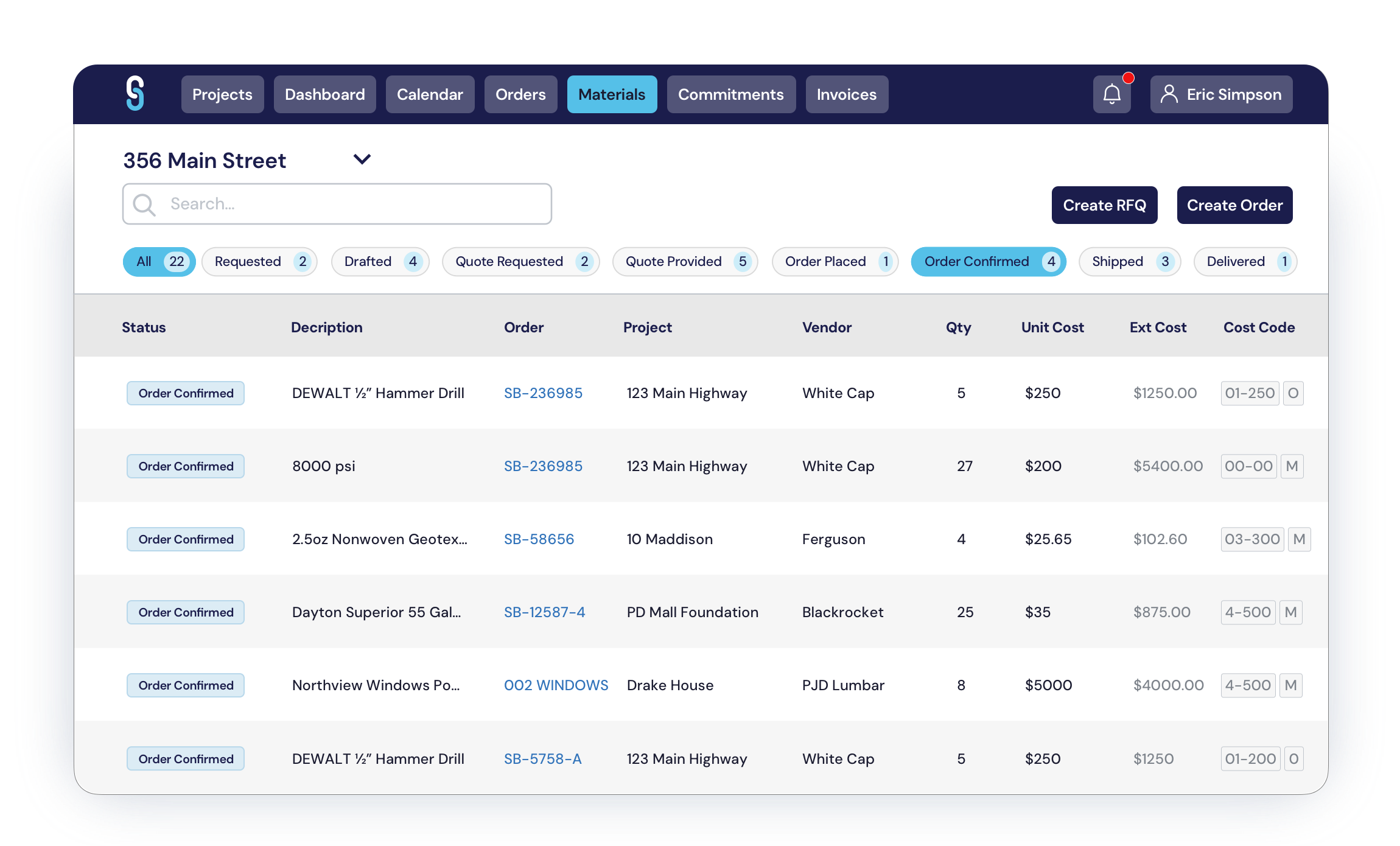
The industry is shifting – are you ready?
Newer workers aren’t looking to repeat the same clunky processes. They want tools that show what’s needed, what’s ordered, and what’s already arrived – without a dozen phone calls.
At the same time, pressure is rising from the top. Clients and regulators are asking for emissions data, sourcing details, and proof of waste reduction. These requirements aren’t just future-facing – they’re already hitting job specs.
Having a system in place puts you ahead. Waiting until you’re forced to catch up? That’s when it gets expensive.
Remember, sustainability isn’t a buzzword – it’s a practice
You don’t need to overhaul your business to work more sustainably. You just need a cleaner, more reliable way to manage materials.
With tighter processes and tools that work the way you do, your team spends less time fixing issues and more time building what matters. Sustainability stops being an idea and becomes something you actually deliver on site.
Better projects start with better material decisions
Again, you don’t have to change everything. Just start by seeing what’s really going on with your materials – what’s coming in, what’s being used, and what’s getting wasted. From there, the smarter calls get easier.
That’s what we’re here to help with.
Stay in touch
Sign up for our monthly newsletter to receive exclusive company updates, learn about industry trends and find out where we will be next. Don't miss out – subscribe today!



